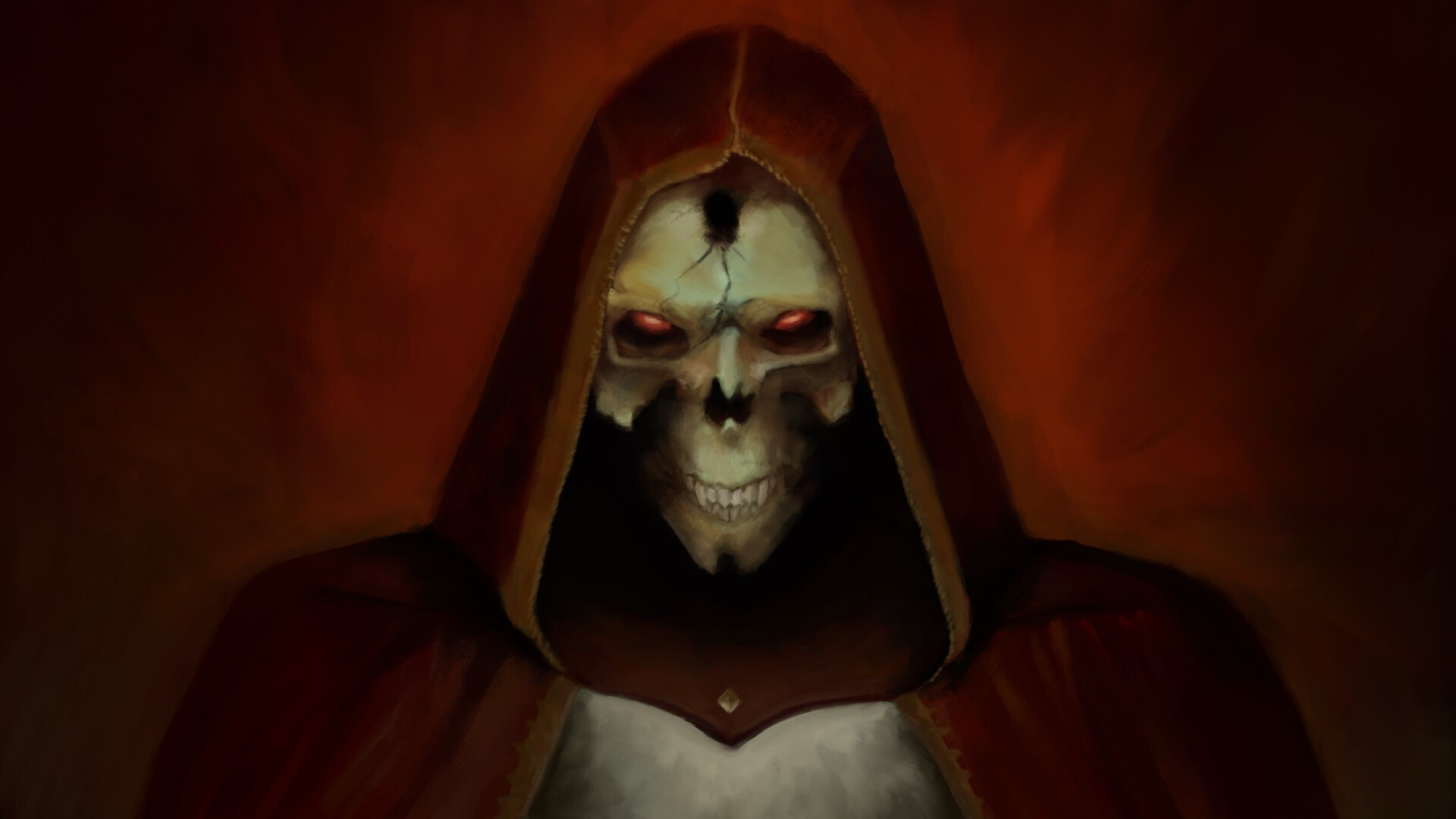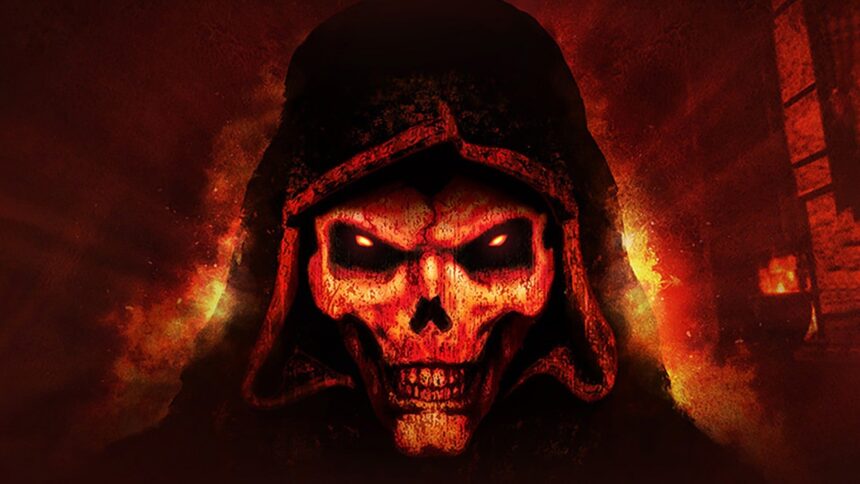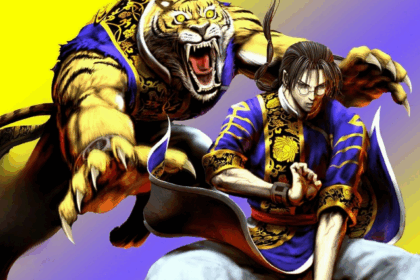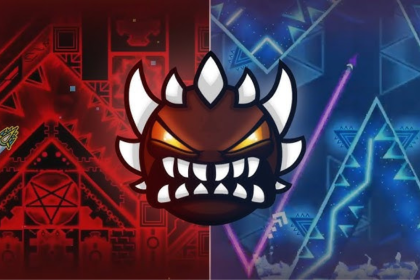The Dark Wanderer stands as one of the most tragic and iconic figures in the Diablo universe. Once known as Prince Aidan, he was the valiant hero of the original Diablo game who delved into the depths beneath the town of Tristram to confront the Lord of Terror himself.
This guide embarks on an in-depth narrative journey tracing Aidan’s transformation-from a noble savior to a harbinger of demonic destruction. Drawing on canonical events from the Diablo series timeline, including pivotal moments in Diablo I and Diablo II, we uncover how his fateful choices sealed his doom. By exploring his identity, motivations, and ultimate corruption, readers will gain a comprehensive understanding of the Dark Wanderer’s legacy-one etched into the very fabric of Sanctuary’s dark history.
Who Was Prince Aidan? The True Identity of the Dark Wanderer
Prince Aidan was the eldest son of King Leoric of Khanduras, a noble figure destined for greatness. Known for his courage, tactical skill, and steadfastness, Aidan embodied classic heroic traits. During the events of Diablo I, he took up arms to save the town of Tristram from the horrors unleashed by Diablo, one of the Prime Evils seeking to enslave humanity. His quest led him deep into the labyrinth beneath the cathedral, where he confronted and ultimately defeated Diablo.
Key aspects of Prince Aidan include:
- Royal heritage as the Prince of Khanduras with responsibilities toward his people.
- Relentless determination to protect Tristram from demonic influence.
- A brave but naive hope that he could contain Diablo’s evil rather than destroy it.

In-game dialogue and lore tomes reveal his internal conflict and resolve, setting the stage for his tragic sacrifice. His final decision to imprison Diablo’s soulstone within himself marked the beginning of his fall. The soulstone’s power would prove too corruptive, bridging his identity from hero to vessel of darkness.
The Noble Sacrifice: Containing Diablo’s Soulstone
At the climax of Diablo I, Prince Aidan faces a dire choice: destroy Diablo outright or imprison the demon’s essence. Opting for containment, Aidan drives the soulstone-an arcane gem designed to trap demonic souls—into his own forehead. This act, intended as a noble sacrifice, reflects his hope to permanently imprison Diablo and spare the world further suffering.
Aidan’s rationale, illuminated in the game’s final scenes, was a desperate gamble. As one line from Diablo I states, “…I will contain this evil within myself, so that it may never again threaten the land.” However, the soulstone’s malevolent influence proved overwhelming. The internal struggle between Aidan’s humanity and Diablo’s corrupting essence is a haunting testament to the dangers of confronting such pure evil directly.
This moment embodies the thematic core of Diablo’s narrative-heroism shadowed by tragic hubris. It sets the tragic foundation for Aidan’s gradual transformation into the Dark Wanderer, who would unwittingly unleash a greater darkness upon Sanctuary.
The Emergence of the Dark Wanderer
Following his fateful choice, Prince Aidan’s corruption began to manifest both physically and mentally. Initially, subtle changes in demeanor and strength hinted at the demon’s growing control. His human form became gaunt, cloaked in a dark hooded mantle, signaling the loss of the man he once was.
Key turning points include:
- Physical Decay: The cloak symbolized his withdrawal from humanity, hiding the soulstone embedded in his forehead.
- Mental Deterioration: Struggling between remnants of mortal will and Diablo’s rising influence.
- The Moniker “Dark Wanderer”: Coined in Diablo II’s opening cinematics, reflecting his restless eastward journey shrouded in mystery and dread.
The early Diablo II cinematics vividly depict the abandoned figure stumbling through desolate landscapes, spreading corruption in his wake. This imagery-part shadow, part torment-epitomizes his fall from grace. His transformation is not instantaneous but a creeping erosion of identity, echoing themes of tragic fate and loss of self.
The Dark Wanderer’s Journey East: Antagonist in Diablo II
The Dark Wanderer’s path charts a haunting trail of devastation as he moves inexorably eastward, driven by Diablo’s will. His journey unfolds over several iconic Diablo II locations, each marked by escalating chaos.
Timeline and Locations:
| Location | Key Events |
|---|---|
| Tristram | Starting point; subtle hints of corruption linger from Aidan’s passage. |
| Lut Gholein | Corruption intensifies; desert town begins to feel demonic influence. |
| Kurast | Cults rise, dragons awaken; gatherings of dark worshippers fuel spread of evil. |
| Pandemonium Fortress | Climactic point; Dark Wanderer prepares for final reunion with Diablo. |
Throughout these acts, NPC interactions and in-game quests reveal the widening impact of demonic corruption. Townships fall into despair, monsters grow bolder, and sinister forces organize to serve the Prime Evil’s vision. Cinematic sequences punctuate the journey, emphasizing the inexorable advance of darkness alongside the Wanderer’s faltering humanity.
The Final Transformation: From Dark Wanderer to Lord of Terror
At the culmination of Diablo II’s Act IV, the Dark Wanderer succumbs fully to Diablo’s essence. The soulstone’s corruption finally consumes what little remained of Prince Aidan’s humanity. A terrifying metamorphosis unfolds-his visage melts into the infamous Lord of Terror, Diablo himself reborn.
This transformation is both physical and metaphysical. The hero who once confronted evil becomes the embodiment of it. Cinematics capture this transfiguration with harrowing imagery: the mountain crumbles, shadows converge, and the air thickens with malevolence. Official artwork highlights the stark contrast between Aidan’s noble form and Diablo’s monstrous new self.
The tragedy lies in the total loss of the individual behind the Dark Wanderer. His soul is no longer his own, replaced by an ancient malice bent on chaos. This pivotal moment sets the stage for Diablo II’s final battles, where heroes of Sanctuary must confront the apocalypse unleashed by the fallen prince.
The Legacy of the Dark Wanderer in Diablo Lore
The Dark Wanderer’s actions ripple across the entire Diablo franchise, shaping subsequent story arcs and character fates. His failed containment of evil unleashed a series of calamities that continue through Diablo II, III, and beyond. Later installments reference his tragic tale to underscore the persistent threat of the Prime Evils.
Key aspects of his enduring legacy include:
- Canonical Plot Influence: His transformation sets the central conflict in Diablo II.
- Expanded Lore: Novels and cinematic adaptations provide deeper insight into his struggle and fall.
- Symbolism: Embodies themes of sacrifice, corruption, and the perilous cost of power.
- Fan Interpretations: Revered as a tragic antihero, sparking analysis and debates within the community.
References to the Dark Wanderer appear in Diablo III and the upcoming Diablo IV, often hinting at his continued presence or influence. His narrative remains a cornerstone of Blizzard’s storytelling, enriching the franchise’s gothic atmosphere and moral complexities.
Symbolism and Tragedy: The Dark Wanderer as Archetype
The Dark Wanderer exemplifies archetypes of ambition, temptation, and tragic downfall found throughout dark fantasy literature. His story mirrors classic cautionary tales of heroes undone by their own heroic overreach. Like Anakin Skywalker’s fall in “Star Wars” or Macbeth’s ambition in Shakespearean tragedy, the Dark Wanderer stands as a symbol of the thin line between salvation and destruction.
The following table contrasts key themes:
| Theme | Dark Wanderer | Comparable Archetypes |
|---|---|---|
| Ambition | Seeks to contain evil but underestimates it | Anakin Skywalker: Desire to protect, turns dark |
| Temptation | Corrupted by demonic power within | Macbeth: Power leads to moral decay |
| Loss | Loses humanity and identity | Fallen heroes in mythologies, e.g., Lucifer |
| Wandering | Endless eastward journey, lost soul | Odysseus: Journey with trials and transformation |
His presence in the Diablo series acts as a dark reminder of the consequences of confronting ultimate evil without full understanding. As an enduring figure, the Dark Wanderer enriches gaming lore with weighty moral and existential questions.
Frequently Asked Questions: The Dark Wanderer
Who is the Dark Wanderer?
He is Prince Aidan, the hero of Diablo I who became possessed by Diablo after imprisoning the demon’s soulstone in himself.
What happened to the Dark Wanderer?
Over time, the soulstone corrupted him, transforming him fully into Diablo, the Lord of Terror, during Diablo II.
Is the Wanderer in Diablo IV?
While the Dark Wanderer himself does not appear directly, lore references suggest his influence and the consequences of his actions persist.
How does the Dark Wanderer compare to other Diablo villains?
Unlike other demons who seek power openly, the Wanderer began as a human hero tragically consumed by evil, adding depth to his character.
What is the significance of the soulstone in his story?
The soulstone is a magical gem that traps demonic essences; placing it in himself was intended to imprison Diablo but ultimately led to Aidan’s downfall.
References & Lore Resources
- Diablo Wiki: Dark Wanderer – Comprehensive lore entries and timeline details.
- Blizzard Official Diablo Site – Developer Q&As, game synopses, and cinematics.
- Diablo Gamepedia – Extensive game data and character biographies.
Conclusion
The Dark Wanderer’s story is a defining thread in Diablo’s rich narrative tapestry. Prince Aidan’s journey-from heroic savior of Tristram to the corrupted vessel of Diablo-illustrates the devastating consequences of confronting ultimate evil without foresight.
His transformation is more than physical; it marks the erosion of identity, the spread of corruption across Sanctuary, and the rise of the Lord of Terror. By tracing Aidan’s fall step by step, players and lore enthusiasts gain a profound understanding of the franchise’s central themes: sacrifice, ambition, and the fine line between heroism and tragedy.
For fans seeking to explore Diablo’s lore in depth, the Dark Wanderer exemplifies how personal choices ripple across history, shaping both narrative and gameplay. His legacy continues to influence events in Diablo II, Diablo III, and hints of Diablo IV.
Dive deeper into Sanctuary’s dark history and discover more about iconic characters like the Dark Wanderer on Softbuzz–your go-to source for Diablo lore, character guides, and immersive storytelling.










